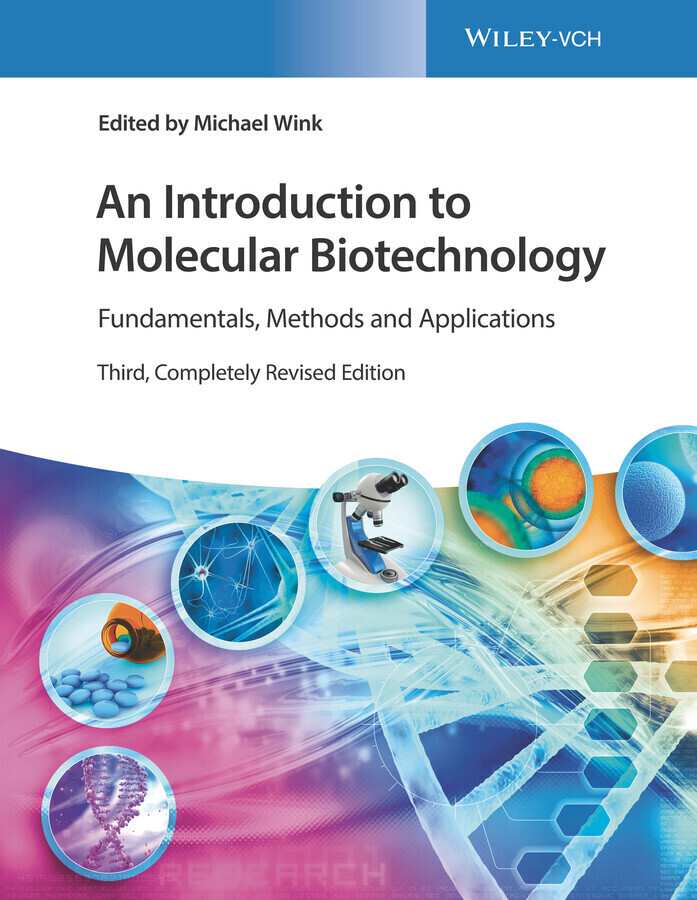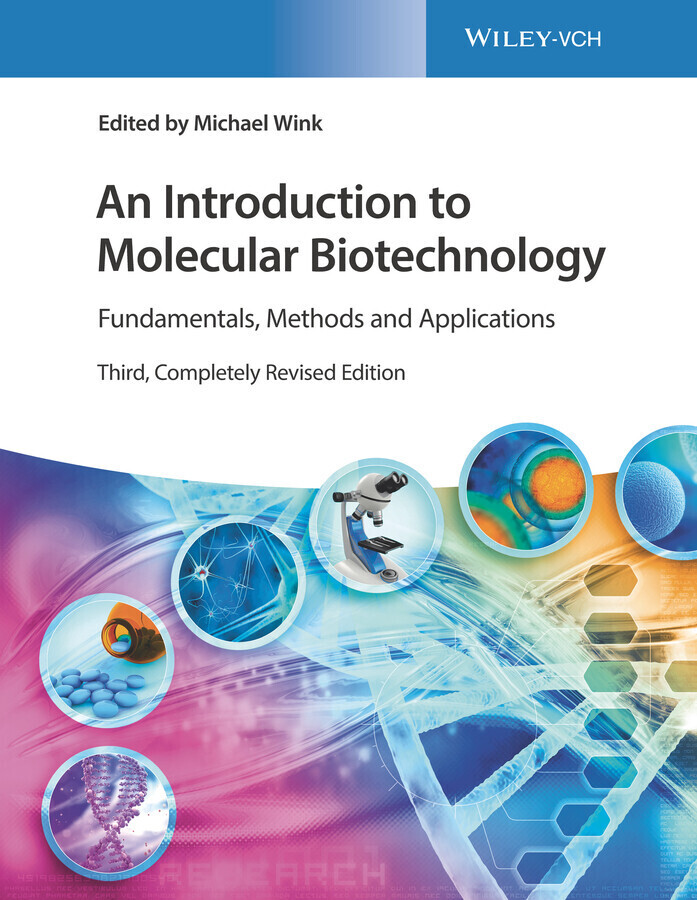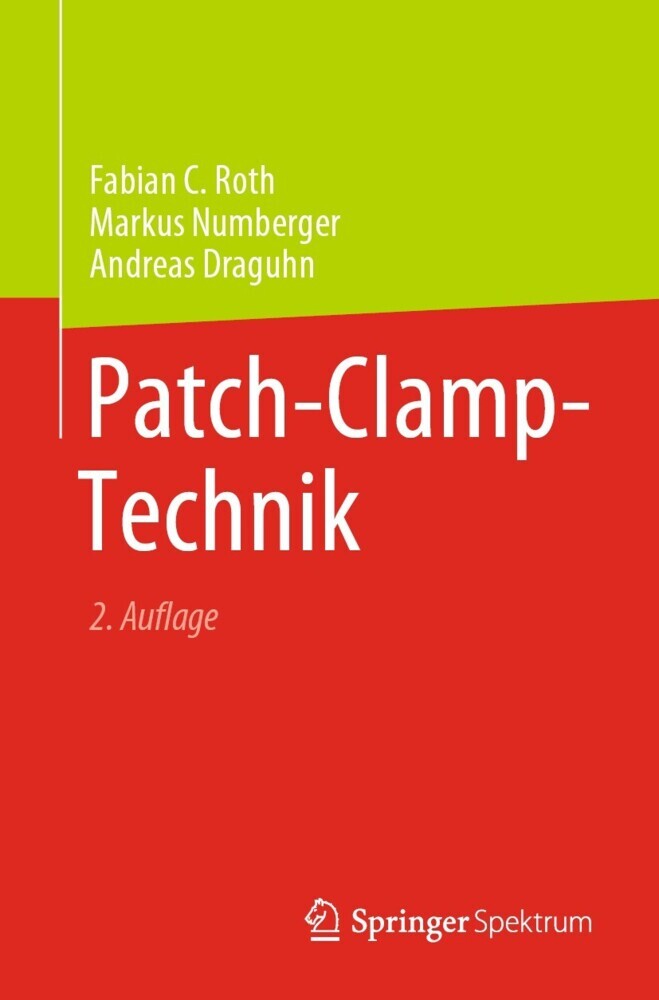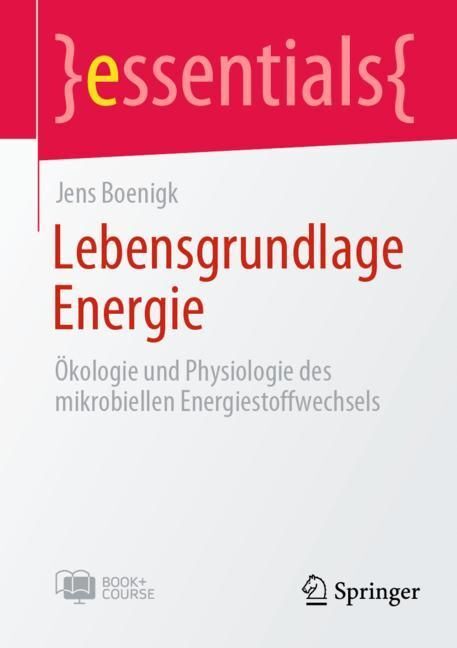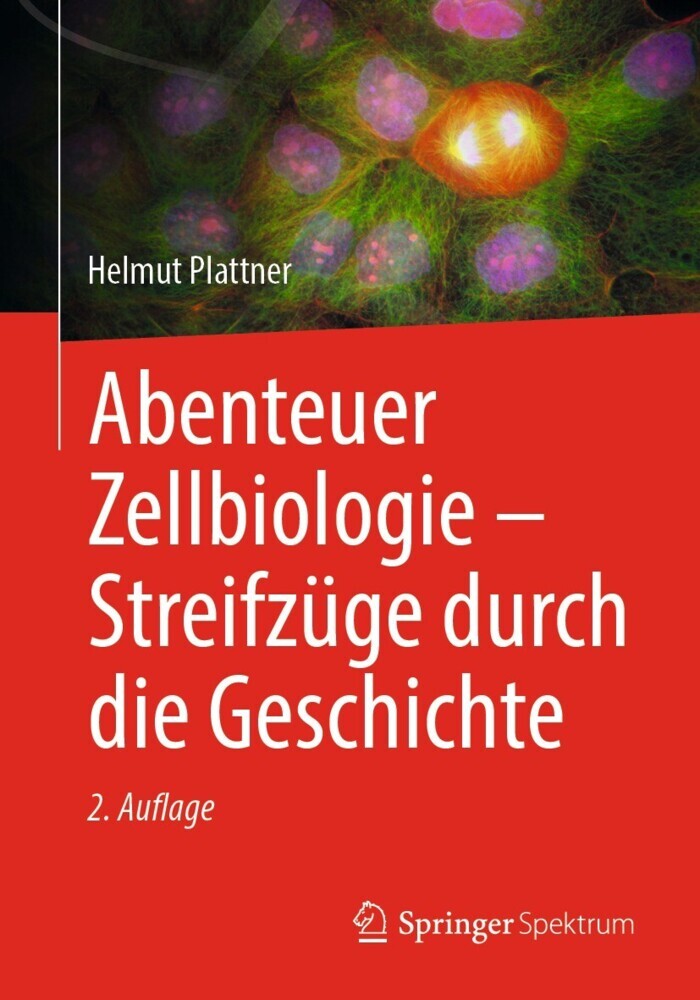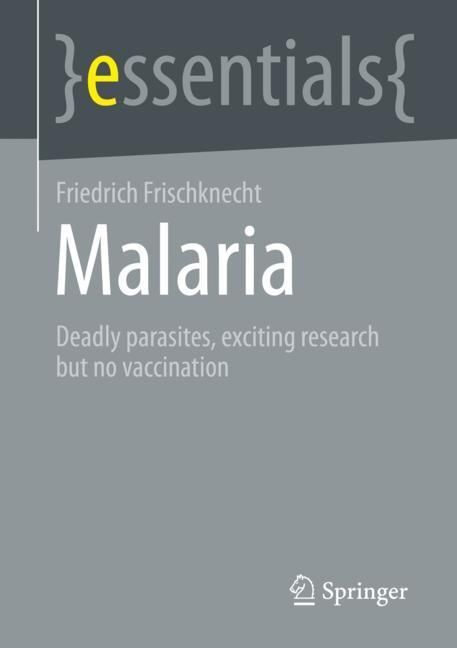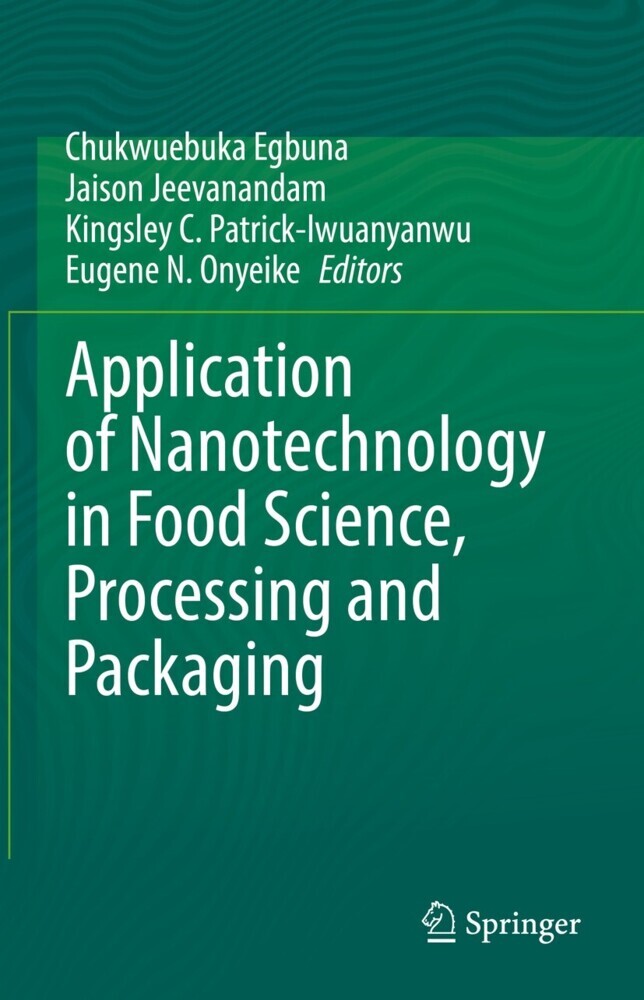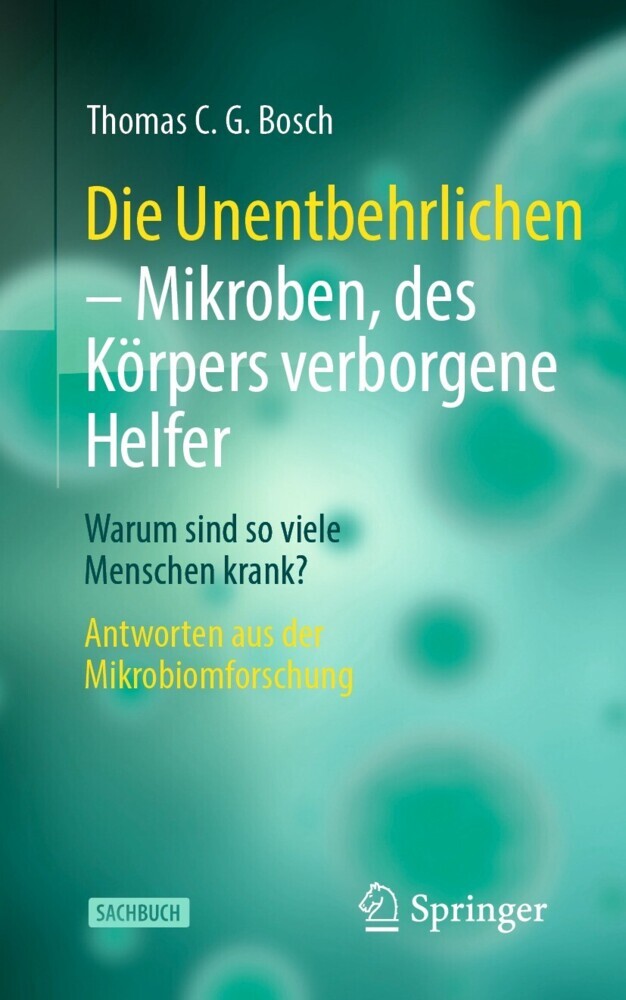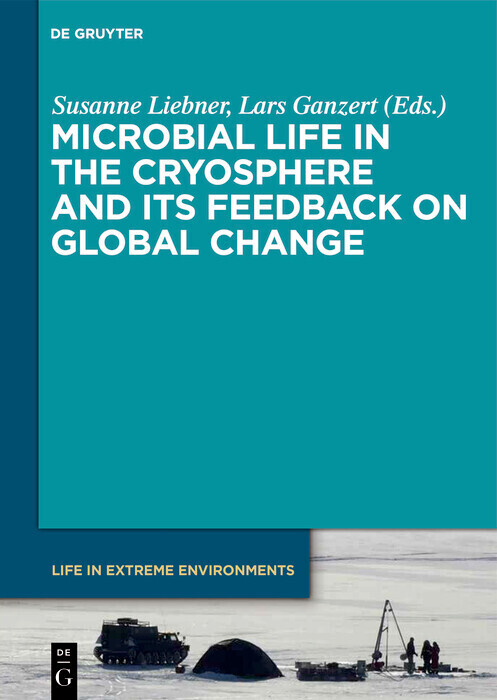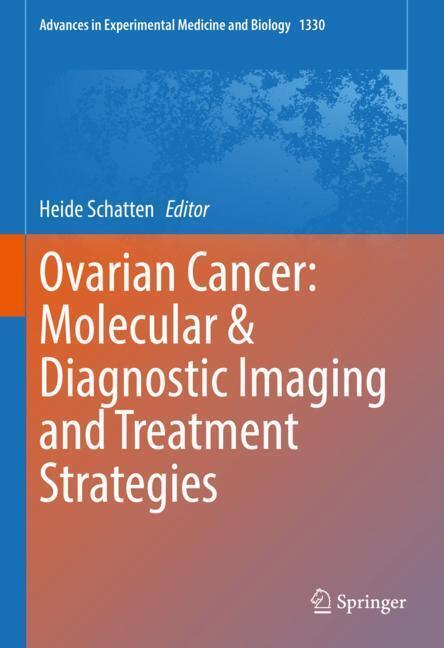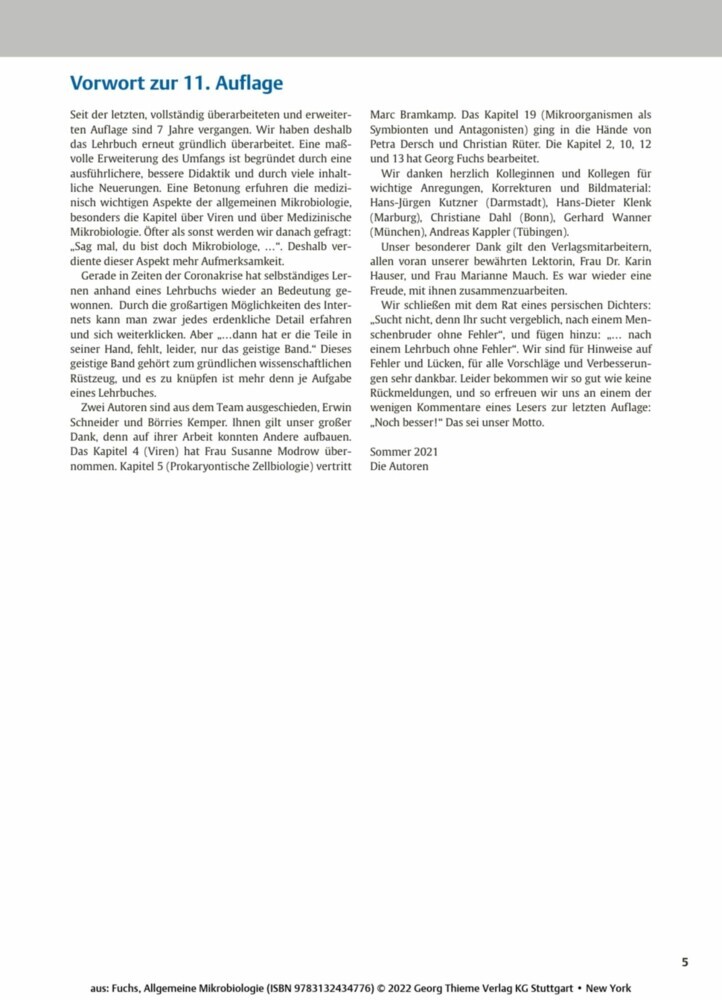An Introduction to Molecular Biotechnology
Fundamentals, Methods and Applications
Completely updated in line with the rapid progress made in the field, this new edition of the highly-praised textbook addresses powerful new methods and concepts in biotechnology, such as genome editing, reprogrammed stem cells, and personalized medicine.
An introduction to the fundamentals in molecular and cell biology is followed by a description of standard techniques, including purification and analysis of biomolecules, cloning techniques, gene expression systems, genome editing methods, labeling of proteins and in situ-techniques, standard and high resolution microscopy. The third part focuses on key areas in research and application, ranging from functional genomics, proteomics and bioinformatics to drug targeting, recombinant antibodies and systems biology. The final part looks at the biotechnology industry, explaining intellectual property issues, legal frameworks for pharmaceutical products and the interplay between start-up and larger companies. The contents are beautifully illustrated throughout, with hundreds of full color diagrams and photographs.
Provides students and professionals in life sciences, pharmacy and biochemistry with everything they need to know about molecular biotechnology.
Michael Wink studied biology and chemistry in Bonn and was awarded his doctorate from TU Braunschweig in 1980. After gaining his lecturing qualification in 1984/1985, he was awarded a Heisenberg grant by the German Research Council to work at the Max Planck Institute for Breeding Research in Cologne and from then at the Gene Center of Ludwig-Maximilians University in Munich. Following a chair for Pharmaceutical Biology at Mainz University in 1988, he accepted the post of Professor for Pharmaceutical Biology at the University of Heidelberg one year later. His areas of interest include pharmaceutical research, molecular biotechnology, and medicinal plants, as well as research into natural products and evolution.
An introduction to the fundamentals in molecular and cell biology is followed by a description of standard techniques, including purification and analysis of biomolecules, cloning techniques, gene expression systems, genome editing methods, labeling of proteins and in situ-techniques, standard and high resolution microscopy. The third part focuses on key areas in research and application, ranging from functional genomics, proteomics and bioinformatics to drug targeting, recombinant antibodies and systems biology. The final part looks at the biotechnology industry, explaining intellectual property issues, legal frameworks for pharmaceutical products and the interplay between start-up and larger companies. The contents are beautifully illustrated throughout, with hundreds of full color diagrams and photographs.
Provides students and professionals in life sciences, pharmacy and biochemistry with everything they need to know about molecular biotechnology.
Michael Wink studied biology and chemistry in Bonn and was awarded his doctorate from TU Braunschweig in 1980. After gaining his lecturing qualification in 1984/1985, he was awarded a Heisenberg grant by the German Research Council to work at the Max Planck Institute for Breeding Research in Cologne and from then at the Gene Center of Ludwig-Maximilians University in Munich. Following a chair for Pharmaceutical Biology at Mainz University in 1988, he accepted the post of Professor for Pharmaceutical Biology at the University of Heidelberg one year later. His areas of interest include pharmaceutical research, molecular biotechnology, and medicinal plants, as well as research into natural products and evolution.
1;Cover;02;Title Page;03;Copyright;04;Contents;75;Abbreviations;196;Part I Fundamentals of Cellular and Molecular Biology;276.1;Chapter 1 The Cell as the Basic Unit of Life;296.1.1;References;346.1.2;Further Reading;346.2;Chapter 2 Structure and Function of Cellular Macromolecules;356.2.1;2.1 Structure and Function of Sugars;356.2.2;2.2 Structure of Membrane Lipids;396.2.3;2.3 Structure and Function of Proteins;436.2.4;2.4 Structure of Nucleotides and Nucleic Acids (DNA and RNA);516.2.5;References;586.2.6;Further Reading;586.3;Chapter 3 Structure and Functions of a Cell;596.3.1;3.1 Structure of a Eukaryotic Cell;596.3.1.1;3.1.1 Structure and Function of the Cytoplasmic Membrane;596.3.1.1.1;3.1.1.1 Membrane Permeability;596.3.1.1.2;3.1.1.2 Transport Processes Across Biomembranes;606.3.1.1.3;3.1.1.3 Receptors and Signal Transduction at Biomembranes;636.3.1.2;3.1.2 Endomembrane System in a Eukaryotic Cell;666.3.1.3;3.1.3 Mitochondria and Chloroplasts;716.3.1.4;3.1.4 Cytoplasm;756.3.1.5;3.1.5 Cytoskeleton;776.3.1.6;3.1.6 Cell Walls;796.3.2;3.2 Structure of Bacteria;796.3.3;3.3 Structure of Viruses;816.3.4;3.4 Differentiation of Cells;826.3.5;3.5 Cell Death;866.3.6;References;876.3.7;Further Reading;876.4;Chapter 4 Biosynthesis and Function of Macromolecules (DNA, RNA, and Proteins);896.4.1;4.1 Genomes, Chromosomes, and Replication;896.4.1.1;4.1.1 Genome Size;896.4.1.2;4.1.2 Composition and Function of Chromosomes;936.4.1.3;4.1.3 Mitosis and Meiosis;956.4.1.4;4.1.4 Replication;976.4.1.5;4.1.5 Mutations and Repair Mechanisms;986.4.2;4.2 Transcription: From Gene to Protein;1036.4.3;4.3 Protein Biosynthesis (Translation);1076.4.4;Further Reading;1116.5;Chapter 5 Distributing Proteins in the Cell (Protein Sorting);1136.5.1;5.1 Import and Export of Proteins via the Nuclear Pore;1136.5.2;5.2 Import of Proteins in Mitochondria, Chloroplasts, and Peroxisomes;1146.5.3;5.3 Protein Transport into the Endoplasmic Reticulum;1156.5.4;5.4 Vesicle Transport from the ER via the Golgi Apparatus to the Cytoplasmic Membrane;1186.5.5;References;1206.5.6;Further Reading;1206.6;Chapter 6 Evolution and Diversity of Organisms;1216.6.1;6.1 Prokaryotes;1216.6.2;6.2 Eukaryotes;1216.6.3;References;1276.6.4;Further Reading;1277;Part II Standard Methods in Molecular Biotechnology;1297.1;Chapter 7 Isolation and Purification of Proteins;1317.1.1;7.1 Introduction;1317.1.2;7.2 Producing a Protein Extract;1327.1.3;7.3 Gel Electrophoretic Separation Methods;1337.1.3.1;7.3.1 Principles of Electrophoresis;1337.1.3.2;7.3.2 Native Gel Electrophoresis;1337.1.3.3;7.3.3 Discontinuous Sodium Dodecyl Sulfate Polyacrylamide Gel Electrophoresis (SDS?PAGE);1337.1.3.4;7.3.4 Two?Dimensional (2D) Gel Electrophoresis and Isoelectric Focusing (IEF);1347.1.3.5;7.3.5 Detecting Proteins in Gels;1347.1.4;7.4 Methods of Protein Precipitation;1357.1.5;7.5 Column Chromatography Methods;1357.1.5.1;7.5.1 General Principles of Separation;1357.1.5.1.1;7.5.1.1 Size Exclusion Chromatography (Gel Filtration);1357.1.5.1.2;7.5.1.2 Hydrophobic Interaction Chromatography;1377.1.5.1.3;7.5.1.3 Ion Exchange Chromatography;1377.1.5.1.4;7.5.1.4 Hydroxyapatite Chromatography;1387.1.5.2;7.5.2 Group?Specific Separation Techniques;1387.1.5.2.1;7.5.2.1 Chromatography on Protein A or Protein G;1387.1.5.2.2;7.5.2.2 Chromatography on Cibacron Blue (Blue Gel);1387.1.5.2.3;7.5.2.3 Chromatography on Lectins;1387.1.5.2.4;7.5.2.4 Chromatography on Heparin;1397.1.5.3;7.5.3 Purification of Recombinant Fusion Proteins;1397.1.5.3.1;7.5.3.1 Chromatography on Chelating Agents;1397.1.5.3.2;7.5.3.2 Chromatography on Glutathione Matrices;1407.1.6;7.6 Examples;1407.1.6.1;7.6.1 Example 1: Purification of Nucleoside Diphosphate Kinase from the Cytosol of Bovine Retina Rod Cells;1407.1.6.2;7.6.2 Example 2: Purification of Recombinant His6?RGS16 After Expression in E. coli;1407.1.7;Further Reading;1417.2;Chapter 8 Mass Spectrometry and Applications in
Wink, Michael
| ISBN | 9783527812868 |
|---|---|
| Artikelnummer | 9783527812868 |
| Medientyp | E-Book - PDF |
| Auflage | 3. Aufl. |
| Copyrightjahr | 2020 |
| Verlag | Wiley-VCH |
| Umfang | 544 Seiten |
| Sprache | Englisch |
| Kopierschutz | Adobe DRM |

